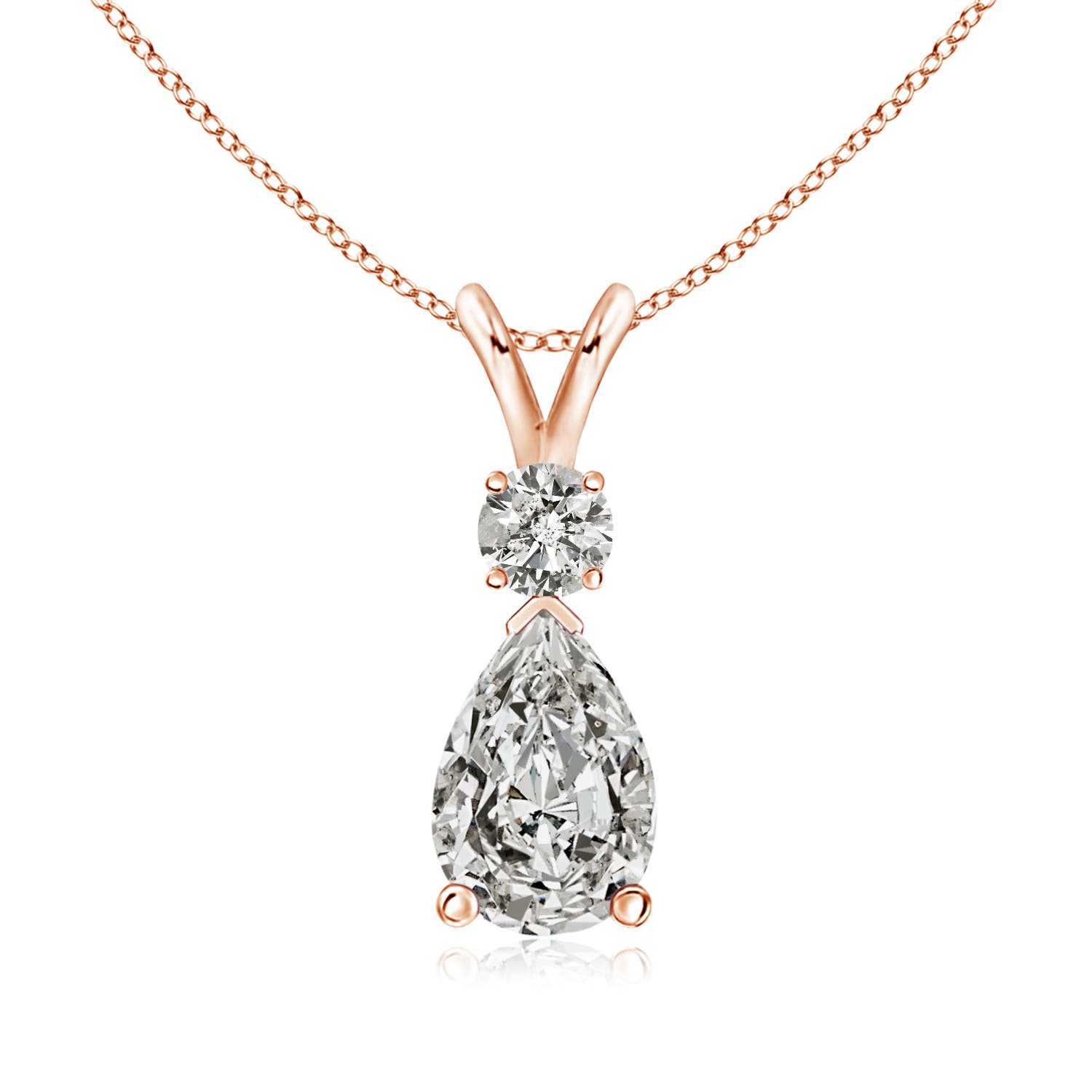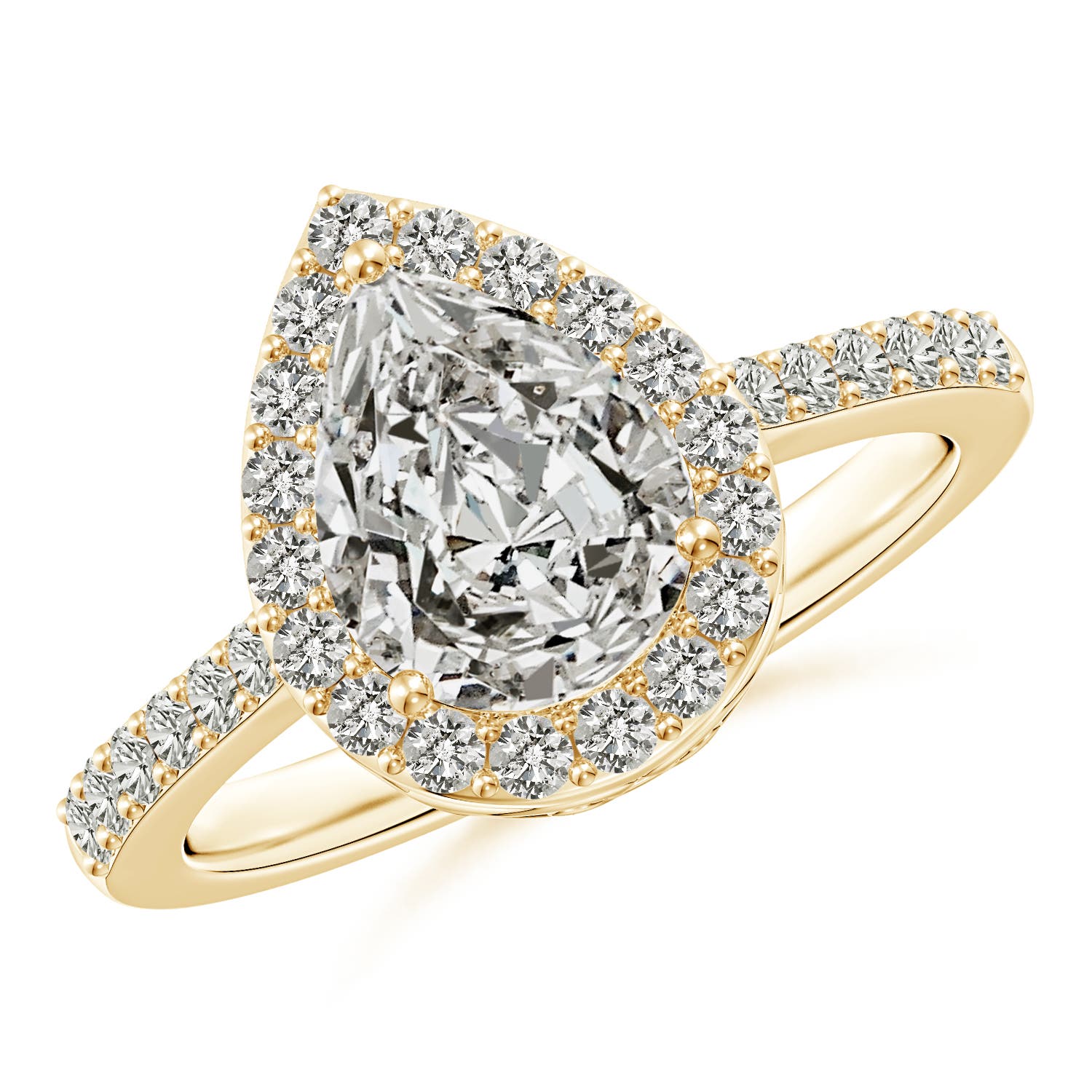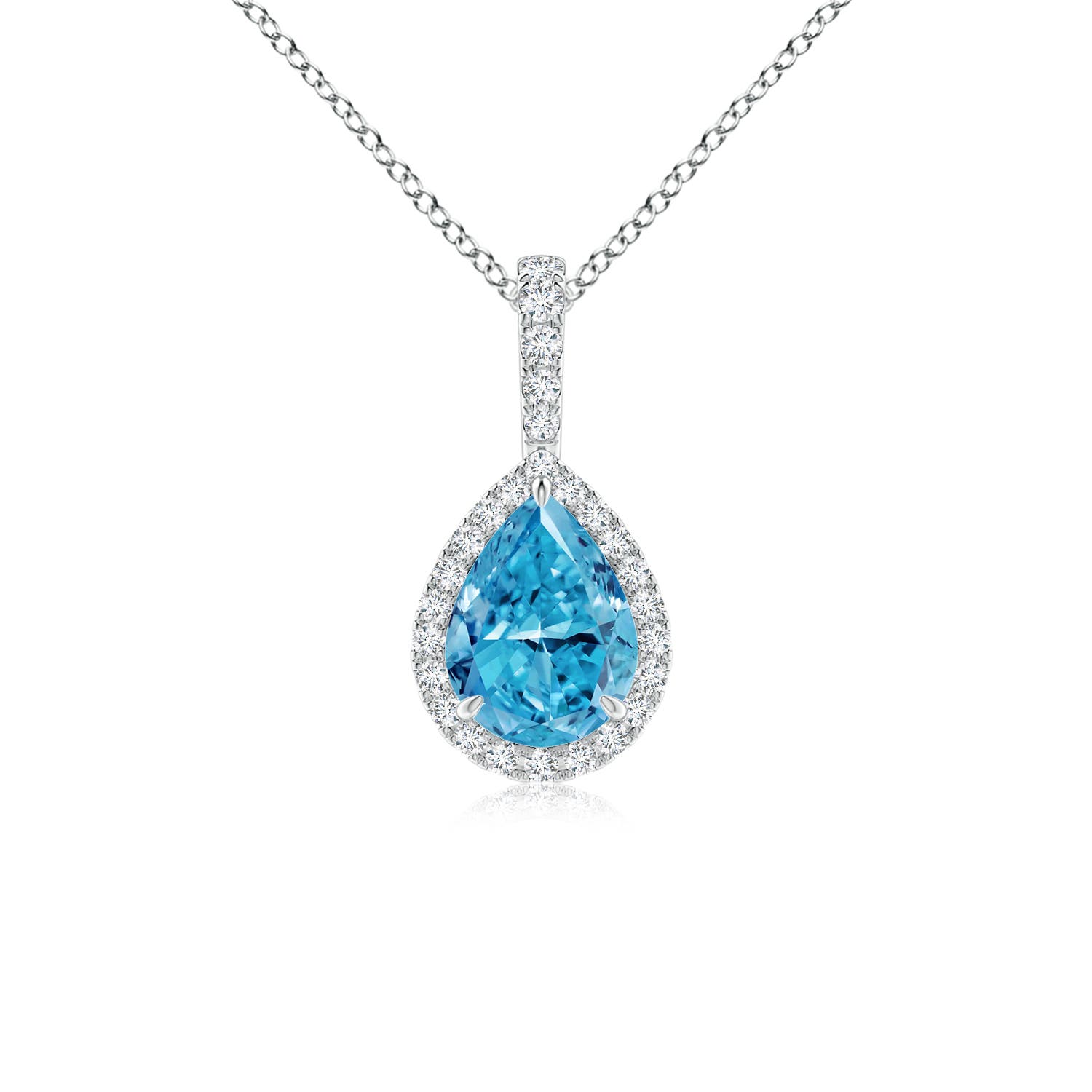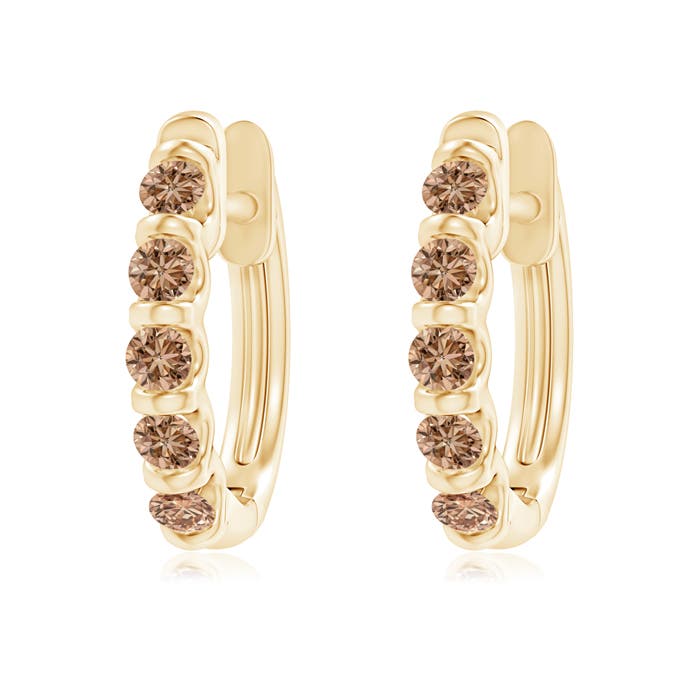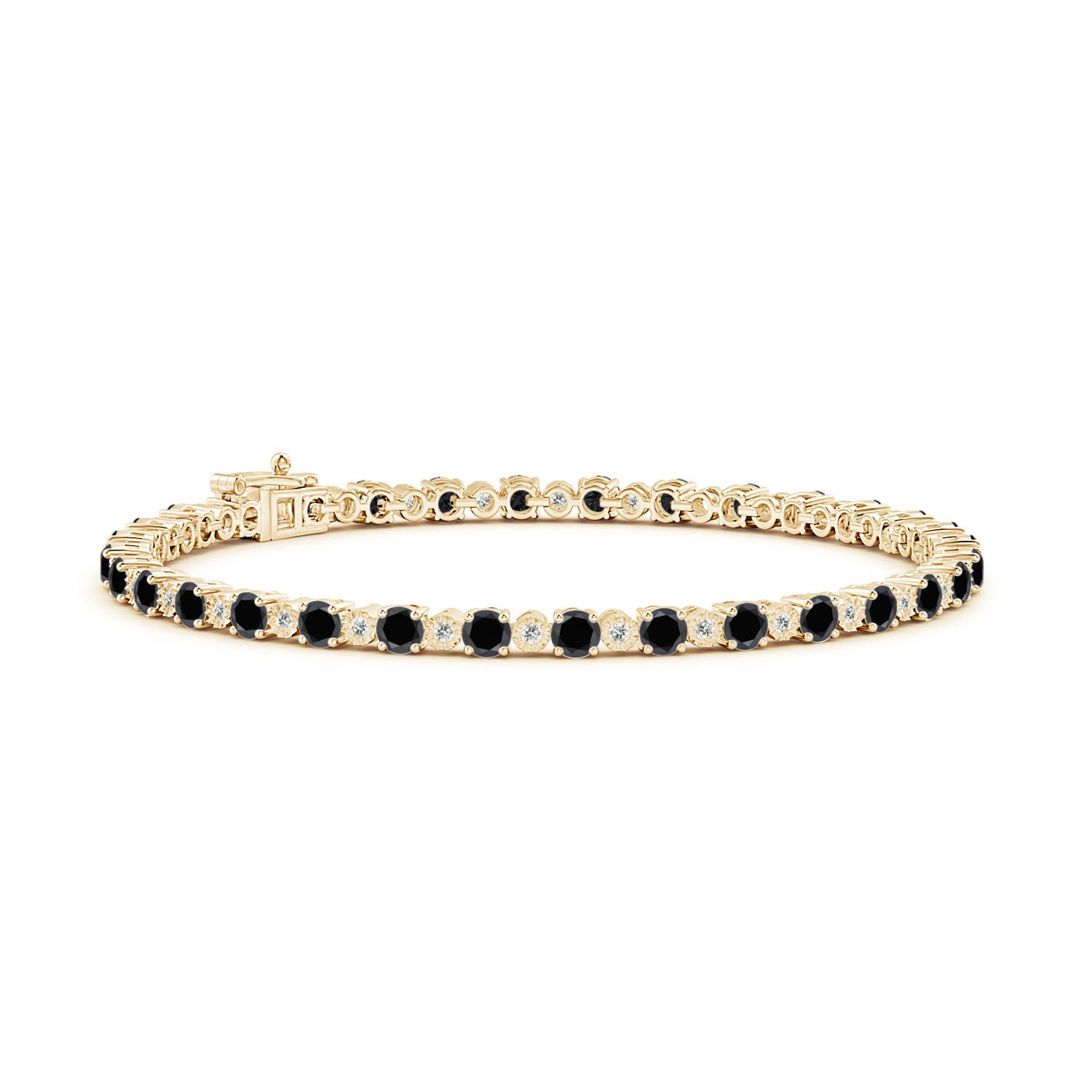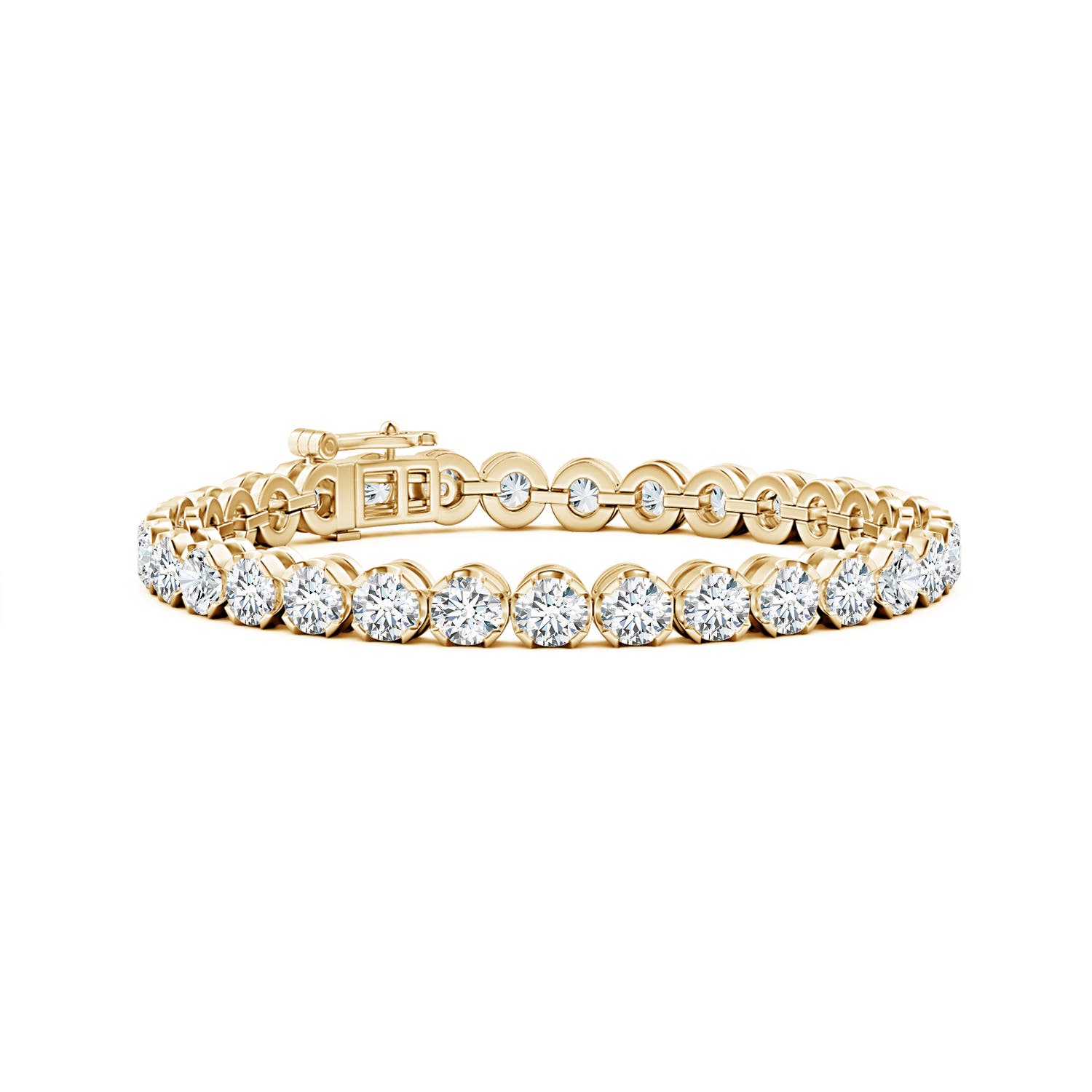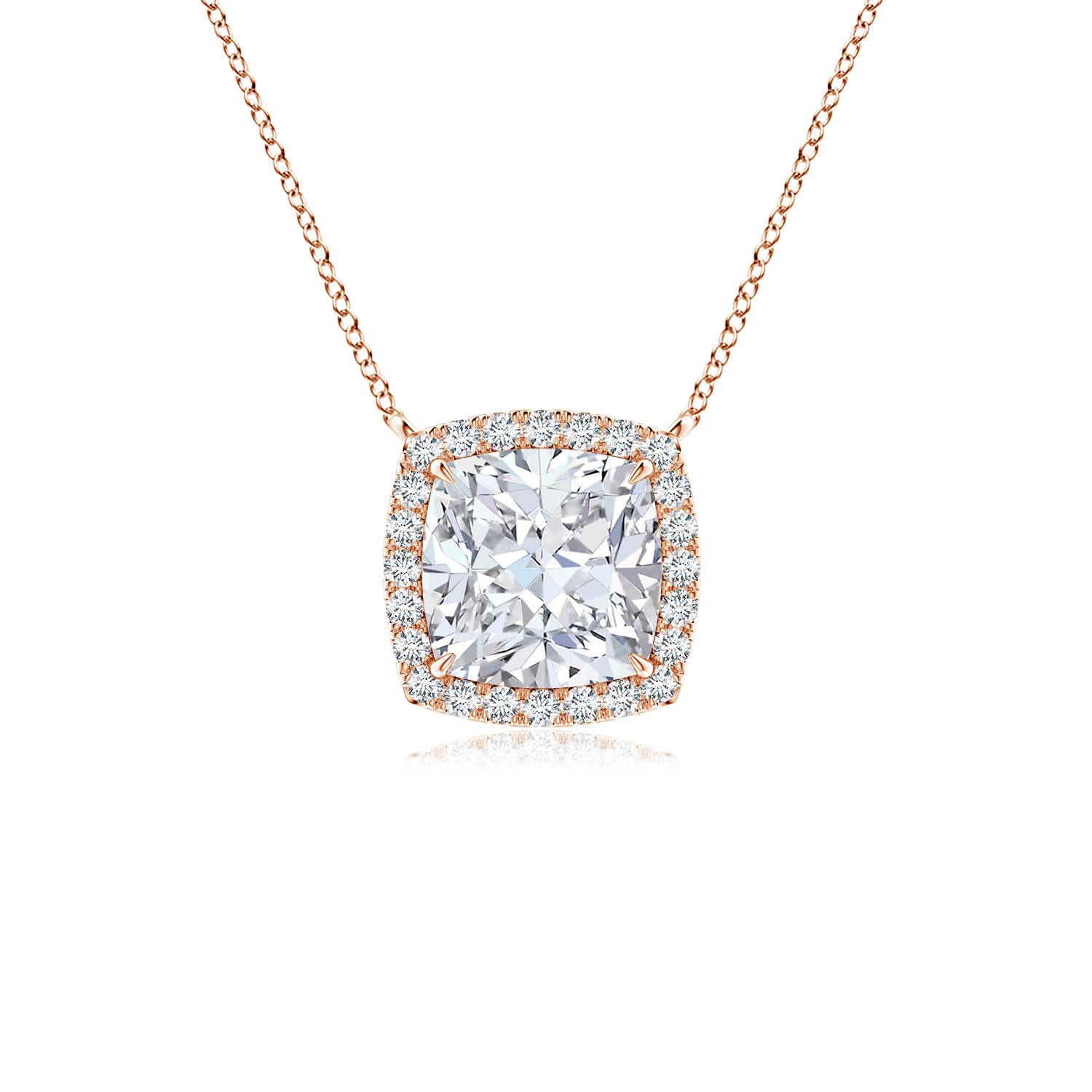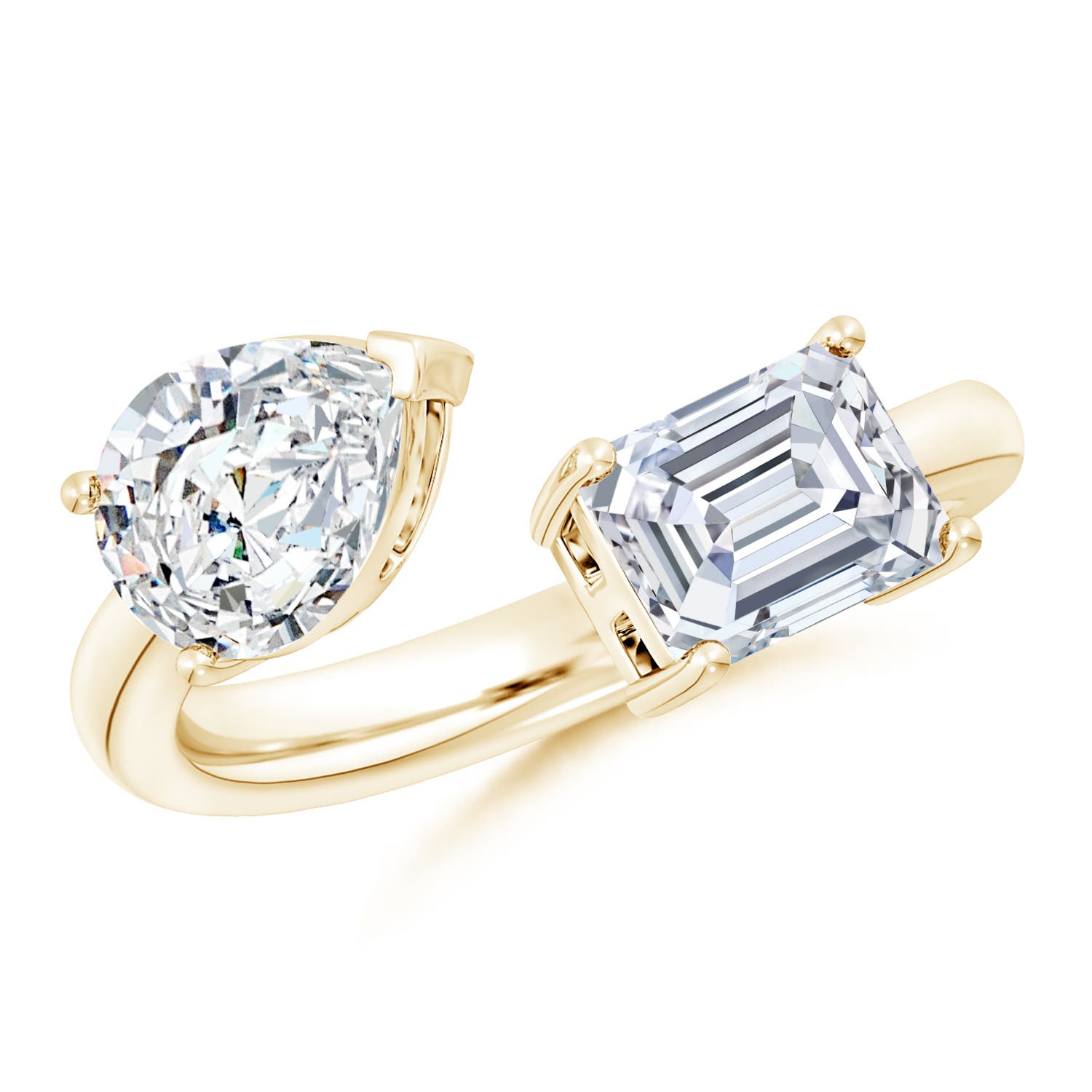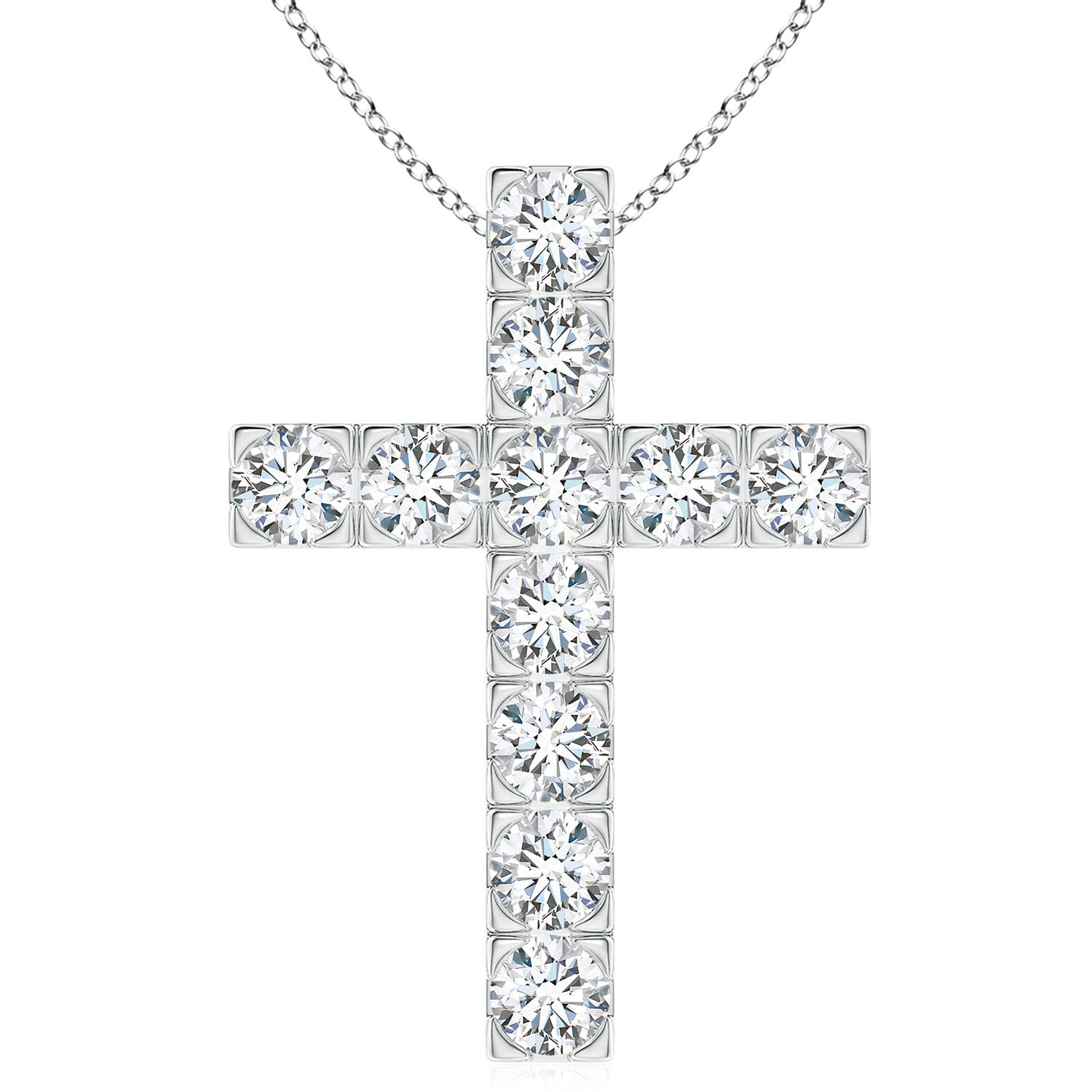What’s the first thing that comes to mind when you think of diamonds? If it’s a classic, colorless gem, you’re not alone! While traditional white diamonds are the most well-known, diamonds come in a variety of colors and even form in different ways.
If you’re looking to shop for diamond jewelry and want to learn more before making a choice, we’ve got you covered! In this guide, we’ll walk you through the different types of diamonds, helping you make a better purchase.
What Are the Different Types of Diamonds?
Beyond the well-known natural diamonds, there are several other types, each with its own unique characteristics. Let’s explore the various types of diamonds in detail.
1. Natural Diamonds
Natural diamonds are formed deep within the Earth over billions of years under intense heat and pressure. These diamonds develop naturally in the Earth’s mantle, making each one unique and full of character. What makes natural diamonds so special is their rarity and the fascinating journey they undergo to form. They start as carbon atoms that bond together in a crystal structure, eventually becoming the sparkling stones we love.
When you think of diamonds, you’re likely imagining a natural diamond—those iconic gems that have been celebrated for centuries. From engagement rings to heirloom pieces, natural diamonds are treasured for their timeless beauty, incredible durability and the symbolic value they hold. Whether clear, colored or fancy-shaped, each natural diamond is a unique masterpiece of nature, making it the perfect choice for someone seeking a one-of-a-kind gem.
What’s more? With a rating of 10 on the Mohs scale of hardness, they are the hardest substances on Earth.
2. Colored Diamonds
Colored diamonds are nature’s way of adding a little extra magic to the world of gemstones! While most people are familiar with the classic white or colorless diamond, colored diamonds come in a stunning array of hues—from soft pinks and blues to rich greens, yellows and even rare reds. The color of these diamonds is a result of various natural elements and impurities, like nitrogen, boron or hydrogen, which alter the diamond’s crystal structure and give it its vibrant hue.
Each color of the diamond tells its own story. For example, yellow diamonds get their sunny, golden color from the presence of nitrogen, while blue diamonds owe their stunning blue tones to the trace element boron. The more intense and vivid the color, the more valuable the diamond tends to be. And it’s not just about the color—the clarity, cut and carat weight also play a role in determining the diamond’s value.
What’s truly magical about colored diamonds is their rarity. While natural white diamonds are more common, colored diamonds are much rarer and often much more valuable. Whether it’s a rich, vibrant pink diamond or a striking green one, these gems add an extra layer of uniqueness to any jewelry piece, making them a perfect choice for someone looking for something truly special.
3. Lab-Grown Diamonds
Lab diamonds or man-made diamonds are exactly what they sound like—diamonds created in a lab, using high-tech methods that replicate the natural process of diamond formation. Just like natural diamonds, lab diamonds are made of pure carbon atoms arranged in a crystal structure, which gives them that signature sparkle and strength we all love. The key difference is that lab diamonds are created in a matter of weeks or months, rather than billions of years!
What makes lab-made diamonds so appealing is that they offer the same incredible beauty and durability as natural diamonds but at a more affordable price. They come in a variety of shapes, sizes and colors, just like natural diamonds, giving you plenty of options to choose from!
What’s more? Lab diamonds are chemically, physically and optically identical to natural diamonds, so they look and feel the same. Whether you’re looking for a stunning engagement ring or a statement piece, lab-grown diamond jewelry offers a brilliant and budget-conscious alternative to traditional diamonds.
4. Treated Diamonds
Treated diamonds are mined just like natural diamonds but are synthetically treated to make them more attractive. These treatments enhance the diamond so that it can be sold for a better price. This is why treated diamonds are more affordable than natural and lab-grown diamonds.
Common treatments include laser drilling, which removes dark inclusions and fracture filling, which fills internal cracks. Some diamonds also undergo high-temperature, high-pressure treatments to modify or intensify their color.
Now that you have a clear understanding of the different types of diamonds, the next step is choosing the perfect one for you.
How to Choose The Right Diamond
With so many options available, it’s easy to feel overwhelmed! But don’t worry—we’ve got you covered. Let’s break down the process and help you find the perfect diamond with ease.
- Consider your budget: Natural diamonds are typically more expensive than enhanced and lab-grown diamonds, so pick according to your budget.
- Think about durability: While both natural and lab-created diamonds are equally durable, some treated diamonds may not be as durable due to the processes they undergo to enhance them. So if durability is your preference, it’s best to go in for natural or lab-grown diamonds.
- Understand your preferences: If you’re planning on investing in diamond jewelry, consider your style and taste. Pick a diamond that resonates with your personality.
- Check for certification: Always purchase diamonds that come with a GIA or IGI certification to ensure authenticity and quality.
- Shop from a trusted jeweler: Ensure you buy from a reputable brand such as Angara, which provides transparency about the diamond’s origin, treatments, and certification.
We hope you now have a clear picture of the different types of diamonds and their unique qualities. Diamonds truly are timeless treasures, adding elegance and sparkle to any occasion. Whether you’re looking to treat yourself or gift someone special, Angara offers a stunning selection to suit every style. From breathtaking pendants to elegant earrings, we’ve got the perfect piece for you.
Want to explore beyond diamonds? Go on to our website and read up about the different types of gemstones.
Related Topics
- Types Of Black Diamonds
- Pink Diamond Types
- Types Of Yellow Diamond Gemstones
- Types Of Brown Diamond Stones
- What are Lab Grown Diamonds
- Learn About Diamonds
Frequently Asked Questions
1. Are colored diamonds natural?
Yes! Some colored diamonds occur naturally due to trace elements or structural distortions. For instance, blue diamonds contain boron, while pink diamonds get their color from internal crystal changes. However, some colored diamonds are treated to enhance their hues.
2. Which type of diamond is the most expensive?
Natural fancy-colored diamonds, especially red, blue and pink diamonds, are among the rarest and most expensive. Their value depends on color intensity, rarity and demand.
3. Do treated diamonds lose their quality over time?
Treated diamonds do not lose their quality over time, as the treatments are permanent. However, their value may be lower than natural, untreated diamonds due to the enhancement process. Always check with a trusted jeweler and ensure full disclosure of any enhancements before purchasing.

























